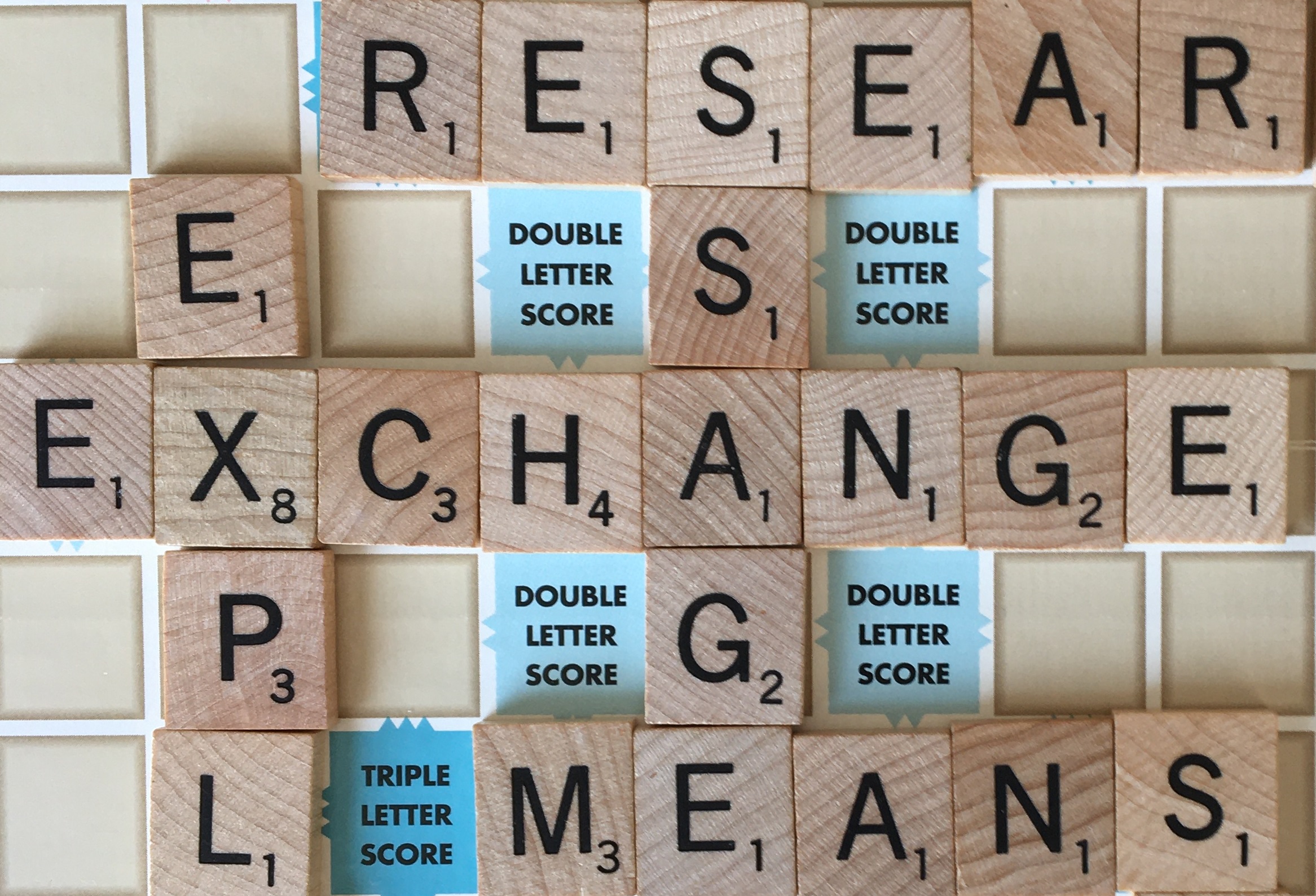Background on Text No. 1
The word message has multiple senses, among which are "a piece of information sent to someone" (He left a message saying he would probably be a little late) and "the main idea of something" (The message of the film is that good always triumphs over evil) and "a communication by a device to the user" (error message). Common to these senses of message, and really to all senses of the word, is the idea of information conveyance. And this same idea is also a factor in the technical linguistic sense of Message (spelled here with a capital M), but the focal point of the idea is different.
In linguistics, Message means primarily "conveyance of" and only secondarily, "the information actually conveyed." Message is really a manner of accomplishing the conveyance of information. Message is the medium, the mode. As such, the Message will of course necessarily shape and even compose the units of information which are being conveyed. Every means of conveyance has its own unique impact on the meaning of the information being conveyed. For example, it matters whether a piece of information is conveyed by image, by text, or by speech. Nonetheless, the crucial point here is that Message is not actually about the information per se; rather, it's about the conveying of that information, which process will indeed have distinct effects on the information, for example, in the sequencing of the units or in the space given each unit in words. The interesting effects here are not, however, on the units themselves, but instead on how those units then affect the uptake of the information. In short, Message is ultimately about the reading of the words. Therefore, Message is the conveyance of information which guides and steers the uptake of that information by a reader.
Take this simple example. Imagine a paper that presents the experimental results before presenting the hypothesis formulation. Now imagine a normal paper, where the order of the presentation is reversed. In the normal paper, you will process the information units with greater readiness and with deeper comprehension than you will the information units of the backwards paper. That effect on you as reader is really the product of the many effects of these two opposing arrangements on the selfsame information. This sort of arrangement of the information units in text is one short definition of the linguistic term Message.
Arrangement is important to textual composition because it influences the reading process. The textual arrangement of units of information is basically a design for meaning-making through reading. Therefore, simply put, Message is the design of text towards the end of optimizing the reader's uptake mechanisms.
Let's have some examples, and then in future posts, I'll explore with you just how Message affects the reading of information in security and privacy.
Right, so I have taken three Background sections and parsed them for Message according to the following color code:
| red | high-level orientation of the reader; or conversely, high-level recapping for the reader's sake |
| blue | low-level orientation of the reader; or conversely, low-level recapping for the reader's sake |
| yellow | the information either being oriented toward or being recapped about |
| uncolored | information which contextualizes and incentivizes readers to engage with the message; therefore, this information falls outside the above color-coded system of prospective and retrospective Messaging |
Here are my parses :
- Background of Strong and Efficient Cache Side-Channel Protection using Hardware Transactional Memory 2017 USENIX (Download)
- Background of CLKSCREW: Exposing the Perils of Security-Oblivious Energy Management 2017 USENIX (Download)
- Background of Translation Leak-aside Buffer: Defeating Cache Side-channel Protections with TLB Attacks 2018 USENIX (Download)
One quick takeaway from my parses is this: Message operates at multiple levels of the reading process. At each level, Message performs ever more finely-grained functions, which really are, at base, just two distinct functions. First, there's the function of managing reader expectations of the information to be conveyed. The purpose here is to prime the reader for uptake of the information units. Second, there's the function of repackaging the information which has accumulated during the reading. The purpose here is to ensure retention by the reader of the information so far taken up.
(As perhaps an interesting sidenote, there's another quick takeaway here: The high-level of Message is the real actual reason for the choice of information in any Background section. So, really, the word background is ill-chosen. In a Background section, the thing that readers really are getting is a sort of ushering to the facts which the authors need in order to draw their ultimate conclusions in the paper. Therefore, a better heading than Background would be Instruction.)
So, a lot still remains to be defined in Message. It's a major factor in how textual meaning forms and how readers follow that meaning. Stay tuned to future posts of Definition in Textual Meaning, and you'll learn all the Message you'll ever need or want to learn.
Please email comments or questions to daniel.shea∂kit.edu.
This blog is for you.
The papers have not been changed in content but enhanced to demonstrate how the content is communicated.

